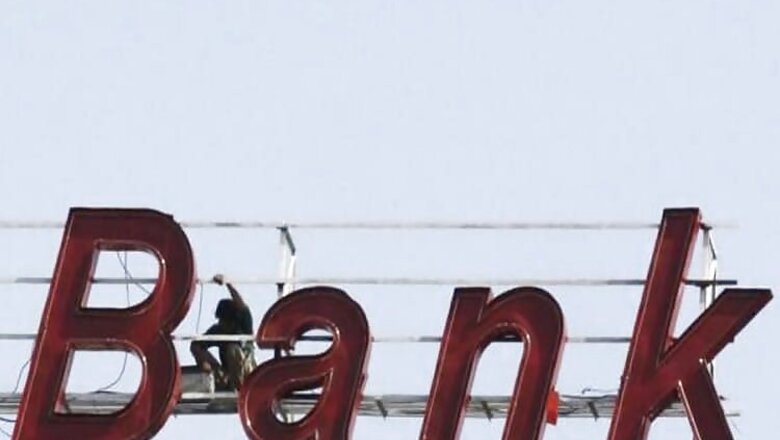
views
Mumbai: That practice, official data shows, moves billions of dollars in the last two weeks of March as banks boost loans and deposits - only for more than half to reverse in the first two weeks of April.
This can threaten financial stability, analysts say, and could be obscuring the real state of India's financial sector, including the level of stressed debt.
For many banks, "window dressing" involves accepting short-term loans or encouraging customers to draw down on credit lines at the end of the fiscal year, parking cash in their current accounts only to then reverse the move in the new month.
Banking sources said some also encouraged consumers to shift their term deposits into the current account, then compensated them for lost interest. One finance ministry source said the government could consider punitive action to back up its push.
"The whole incentive structure needs to be changed," said the finance ministry official.
In 2015, data from the central bank shows the volume of loans made at the end of March that then reversed in April, an indication of "window dressing", hit levels unseen since 2012.
Some Rs 2.3 trillion ($35.96 bln), or 85% of the loans raised in the last fortnight of March, reversed in April. Similarly, nearly 60 percent of the Rs 3.3 trillion ($51.59 bln) of deposits reversed.
"We do not want banks to present unrealistic projections while signing annual agreements with the government," said a second finance ministry official who deals with state banks.
"We are not going to allow any window dressing."
A CERTAIN KIND OF ACCOUNT
China has also cracked down on "window dressing" by introducing caps on end-month deposits, but the practice remains pervasive in India, particularly among state banks that dominate the sector with more than 70 percent of loans - despite repeated admonishments by the government and the Reserve Bank of India.
Central bank Governor Raghuram Rajan in 2014 had warned banks against creating a liquidity squeeze at the year-end by ceasing to lend to each other "to build a certain kind of balance sheet".
"Window dressing" practices inflate the numbers on the last day of March, the date on which performance is measured. Analysts expect new targets to use average and quarterly measurements, rather than one day.
"It is a matter of culture that runs from the bank branch to the top," said a senior policymaker. "If one person does it, then it becomes a relative thing when the other person also doesn't want to be left behind."
Banks are also hurting themselves, senior officials said, as some push for growth even if it means they are also consequently forced to lend more to less profitable "priority sectors" - farming, or small scale industries, for example - as a result.
"Currently the practice is to bloat the balance sheet both on the credit and deposit side at the quarter-end," said Arun Tiwari, Chairman and Managing Director at Union bank of India, who said his bank did not inflate its accounts.
"But that also means higher numbers for priority sector lending which are tied to adjusted net bank credit and higher fees for deposit insurance. So the candle is burning from both ends."

















Comments
0 comment